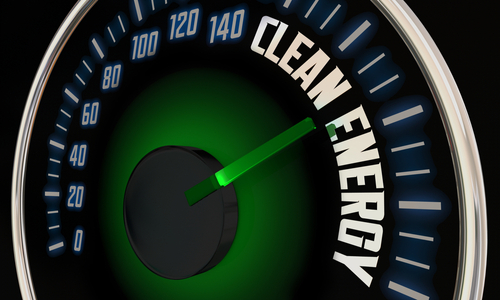CO2 emissions from rapid energy demand growth tempered by strong clean energy expansion

For the inaugural edition of its new series, the Clean Energy Market Monitor, the International Energy Agency (IEA) recently announced that the expansion of solar PV, wind, nuclear power and electric cars tempered a massive rise of global emissions in 2023.
On paper, global energy-related CO2 emissions rose at a slower rate in 2023 than the year previously, despite total energy demand growth accelerating worldwide. Emissions rose 410 million tons – a 1.1 percent growth – in 2023, compared to 490 million ones in 2022. Without clean energy technologies, the global increase in CO2 emissions over the last five years would have been triple the size though, according to the IEA analysis.
They also could have limited things more, if only there had not been a significant shortfall in hydropower brought on by extreme droughts across China, the United States, and other nations. As a result, many countries had to turn to fossil fuel alternatives to make up the shortfall.
“The clean energy transition has undergone a series of stress tests in the last five years – and it has demonstrated its resilience,” Fatih Birol, IEA executive director, said. “A pandemic, an energy crisis and geopolitical instability all had the potential to derail efforts to build cleaner and more secure energy systems. Instead, we’ve seen the opposite in many economies. The clean energy transition is continuing apace and reining in emissions – even with global energy demand growing more strongly in 2023 than in 2022.”
The Clean Energy Market Monitor will be used by the IEA to track the clean energy deployment of specific technologies and to broadly outline the implications for global energy markets. In its grand debut, it showed that clean energy deployment remains largely concentrated in advanced economies, leaving emerging and developing economies in the dust. Advanced economies, including China, accounted for 90 percent of new solar PV and wind power plants across the world in 2023, for example, along with 95 percent of electric vehicle sales.
Throughout 2023, advanced economies experienced a record fall in their CO2 emissions, dropping to a 50-year low while coal demand continued a sharp decline. In the four year period leading to 2023, growth in clean energy was also double that of fossil fuels. China, in particular, was notable for adding as much solar PV capacity in 2023 than the entire world did in 2022, although its emissions grew by around 565 million tons.
